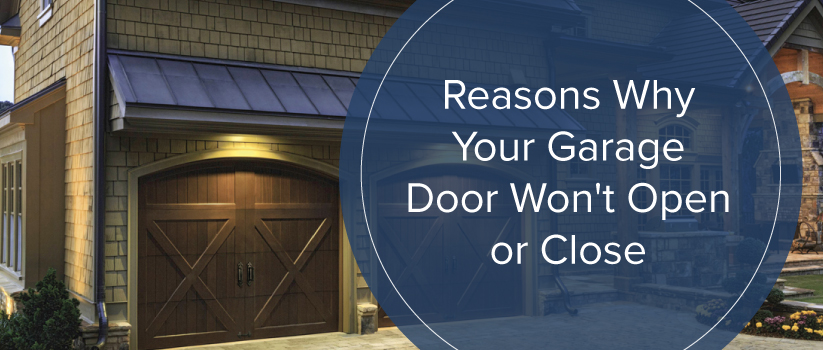My Garage Door Isn't Closing Completely on One SidePosted by Lippard on February 9th, 2021 three Common Garage Door Opener Problems [And] How To FixIf the roller experiences any sort of resistance as the garage door boils down, it can trigger the door to bounce back up once again. One clear indication of this is if you see that the head of a bolt is scratched where the roller scrapes it as it comes down. This need to provide the roller the clearance it requires. Your garage door motor system has controls for both the distance that the door comes up or down, along with the force with which it moves. These are called the limitation and force adjusters, respectively. If your garage door is not coming down all the method, or if you have a garage door closing and then recuperating up, you may need to change your upward or downward limits.
Your limitation adjusters are located on the side of your garage door motor unit, and can be modified by turning the screw-shaped adjuster. There's one adjuster for the up limitation, and another for the down limitation. These alter just how much your garage door desires to open or close. One turn of the screw clockwise will increase the upward or downward limitation by about 2 inches, and one turn counterclockwise will decrease it by 2 inches. If your garage door is not coming down all the method, hop up on a ladder and find the limit adjusters on the side of the motor system. Increase the down limitation by turning the screw clockwise. See if your door closes and adjust accordingly. If you have a garage door closing and bouncing back up, do the like above, but in reverse decrease the down limit by turning the screw counterclockwise. Why Does My Garage Door Open After Closing? How Can I Fix ItIf you do this frequently, your motor may begin to overheat and will close down for about 15 minutes to cool off. Your garage door has a safety feature created to make it bounce open again if there is something in the method. This is a potentially life conserving function if a small child or pet gets captured beneath the door. Still need extra info? - Read: garage door repairs - John's Garage Doors Close your garage door and see if it recovers up when it reaches the board. If it does not, this poses a possible risk. To fix it, increase your down limit slightly and run the safety test again. Puls is your go-to for garage door repair. There's no pressure, no surprise fees, and everything is as smooth and transparent as possible you pay for your garage door repair only after the procedure is complete. Our experienced specialists will come perform a thorough, 25-step inspection of your door before you go with a total repair, to determine precisely what the problem is, and provide you a correct, sufficient estimate. Puls typically charges only for this assessment about half of what the competitors charges. All of our parts and labor come backed by our 90-day, indicating that we'll come back to you again ought to anything occur, free of charge, even long after your repair work. Our proficient repair work professionals will bring all the essential safety equipment, tools, and parts to you, so all you'll need to do is kick back, relax and let us manage the rest - it's really that easy. Garage Door Won't Close, Nothing In The Way Of The SensorsIf the garage door opens correctly however fails to close completely, there may be among 3 common causes: The close-limit switch may require adjusting Your garage door has set-limit switches that instruct the motor when to stop runningboth when it is opening, and when it is closing. If the close-limit switch is set wrong, it may avoid the door from closing It can also trigger the opener to reverse or pull back up when you try to close it. Changing the limit switch will stop your garage door from acting erratically. Different garage doors have different means of adjusting the set-limit switches, but it is usually a screw function on the motor system that is relied on change how far the door comes down. Thesafety sensors might require adjustment or realignment. Sometimes, leaves or debris can block the sensors; it if happens frequently, it may be that vibrations from the door in the tracks are loosening up the brackets holding the sensors and need to be realigned. Less often, rusted or harmed rollerscan trigger the door to bind in the tracks. Replacing harmed rollers or lubricating them with silicone lube can fix this issue. Like it? Share it! |




